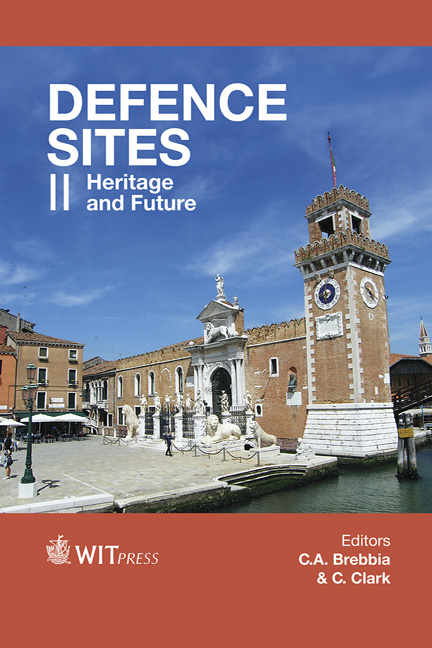The Red Castle Of Castellorizo: The Island’s Strategic Significance And The Castle’s Historical Representations
Price
Free (open access)
Transaction
Volume
143
Pages
12
Page Range
173 - 184
Published
2014
Size
1400 kb
Paper DOI
10.2495/DSHF140151
Copyright
WIT Press
Author(s)
M. Zotos
Abstract
This paper aims to present the Knight’s Castle on the island of Castellorizo by analysing its history and construction, thus to compare its current situation with historical references. In the 14th century, the Knights of St. John reached Castellorizo on their way to Rhodes. The strategic and commercial reasons why the Knights settled on an island far away (110km) from their headquarters in Rhodes are going to be analysed thoroughly in this paper. What remains today from the medieval fortifications on the island, includes a tall tower (17.5×22m), surrounded by a well-built outer wall at the north. These fortifications are enhanced by three smaller circular towers: 2 of them placed in the north while the other one is situated east of the big central tower. The central tower is reinforced by a scarpa in the south; an element to be investigated for its existence and chronological construction. The archaeologist Albert Gabriel having visited the island in 1916 proposed some important representations of the St. Nicolas castle. Specifically, in his representation of the castle, he suggests that the port’s fortifications were significantly extended including other constructions (pavillon, passerelle, poterne, courtines) do not currently exist. Gabriel’s representation of the castle is going to be compared with its current condition through sketches, old photographs and 3d models examining and analysing the evolution of the island’s fortifications.
Keywords
medieval fortifications, Castellorizo, Knights of St. John, Alfonso el Magnanimo, Albert Gabriel, donjon, bastion, scarpa





